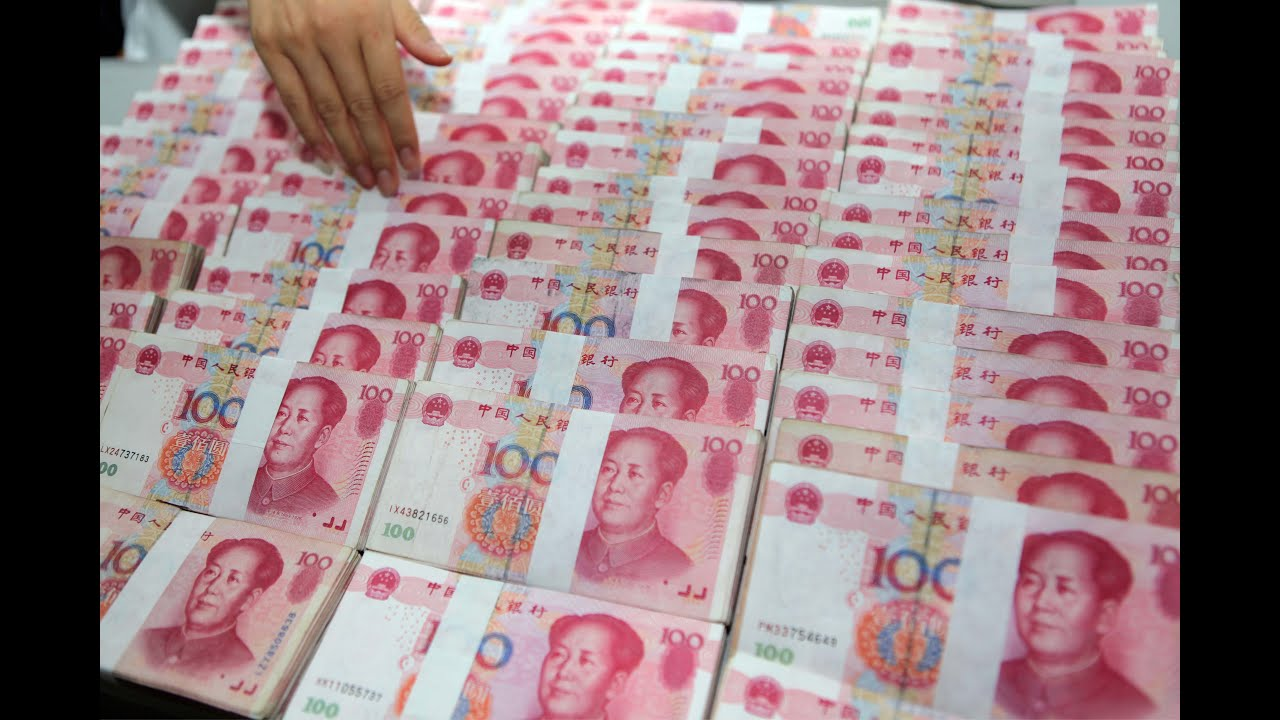China’s yuan is under increasing pressure, with major investment banks predicting that it could hit record lows by the end of 2025 due to escalating tariff threats from U.S. President-elect Donald Trump. These projections come as Trump reaffirmed his intention to impose substantial tariffs on Chinese imports, amplifying fears of further yuan depreciation.
Currency Forecasts and U.S. Tariffs
Investment firms forecast the offshore yuan to weaken to an average of 7.51 per U.S. dollar by late 2025. This would mark its weakest level on record, surpassing previous lows observed since data tracking began in 2004. Trump’s recent statement, posted on his social media platform, confirmed that he plans to impose an additional 10% tariff on all Chinese goods entering the U.S. This follows his earlier pledge for tariffs up to 60% during his campaign.
The yuan’s depreciation is expected to continue, with some analysts suggesting it could weaken to 8.42 per dollar if the full 60% tariff were to be enacted, reflecting the broad economic impact of such tariffs. Since the U.S. election, the yuan has already dropped over 2%, reaching a level of 7.2514 by Thursday.
Historical Context and Current Concerns
Under Trump’s first term in office, tariffs led to significant yuan depreciation—about 5% in 2018, with an additional 1.5% drop the following year. However, the scale of the current tariff threat and the existing trade imbalance between the U.S. and China have heightened uncertainty. Experts, like Ju Wang from BNP Paribas, point out that the situation now is much more volatile than during Trump’s first term, partly due to the perceived inconsistency in policy announcements from the incoming administration.
The PBOC’s Dilemma
The People’s Bank of China (PBOC) faces a delicate balancing act in maintaining yuan stability. On one hand, they aim to prevent excessive depreciation, which could trigger capital outflows and financial instability. On the other hand, raising interest rates to prop up the currency could harm economic growth, which is already struggling. The PBOC has set a daily reference rate for the yuan at 7.20 against the dollar this year, in an effort to maintain control.
Economists warn that a significant push past the 7.3 level could induce higher volatility, which the PBOC would want to avoid. However, given the economic challenges, there are concerns that the central bank may not want to take drastic actions that could further strain an already faltering economy.
Efforts to Stabilize the Yuan
Despite the challenges, there is hope that the PBOC’s stabilizing measures will help prevent a further drop. Wei Liang Chang from DBS Bank noted that the PBOC’s recent actions to keep key interest rates stable and maintain the yuan’s exchange rate at a manageable level could help stem the tide of depreciation. Additionally, the potential softening of U.S. interest rates under the incoming administration may provide some relief to the yuan.


















